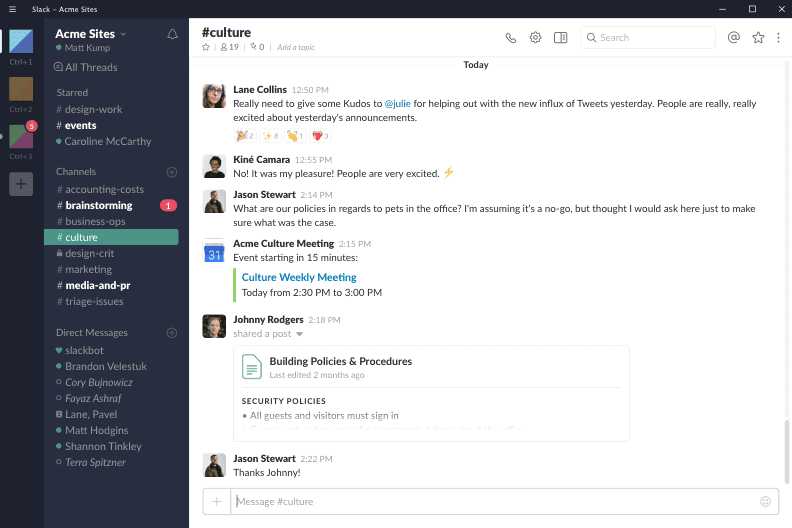

Discuss possible improvements to your detection on review with the SOC Prime Team representative in a dedicated thread.Submit your Sigma rules to review by the best engineering experts of the SOC Prime Team.

Improve your rules based on the smart suggestions of the automated Sigma check.Notice the answer in the CheckBoxGroupsBlockElement, this is the action that is used to identify what kind of interaction was performed.Create, verify, and get your Sigma rules published to SOC Prime’s Detection as Code platform via Slack! Submit new detections, improve them on the fly with the smart suggestions of the automagic Sigma tests, get the rules verified by leading detection engineering experts, and monetize your contribution to the global cyber defense with the SOC Prime Platform. Remember that we simply return the response, in this case, we don’t send it as in the hello handler. We will add a Checkbox element to the Accessory, which contains two options. The third parameter is a slack.Accessory which a container for a block element, you can find the JSON layout in the slack documentation. The second parameter is fields to add, such as we used before to add contextual data, let’s leave it as nil. It also contains the value to display in the text block. The first parameter is a slack.TextBlockObject which is a standard way of sending text contains the type to use, in which we will use markdown. We will be using a Section block, and the Slack library helps us create one using the NewSectionBlock() which will accept a few parameters. Each block is a visual component to send. It has a field called Blocks which accepts an array of blocks to send. The blocks are added to the slack.Attachment that we used previously to send simple messages. There are a ton of options and components to send, but let’s stick to buttons for now. It’s a Slack implementation that allows us to send HTML components. We will route to a function called handleIsArticleGood that will trigger a two-button questionnaire to the user using something called Block-Kit. HandleSlashCommand - We now route both slash commands to their appropriate handler


 0 kommentar(er)
0 kommentar(er)
